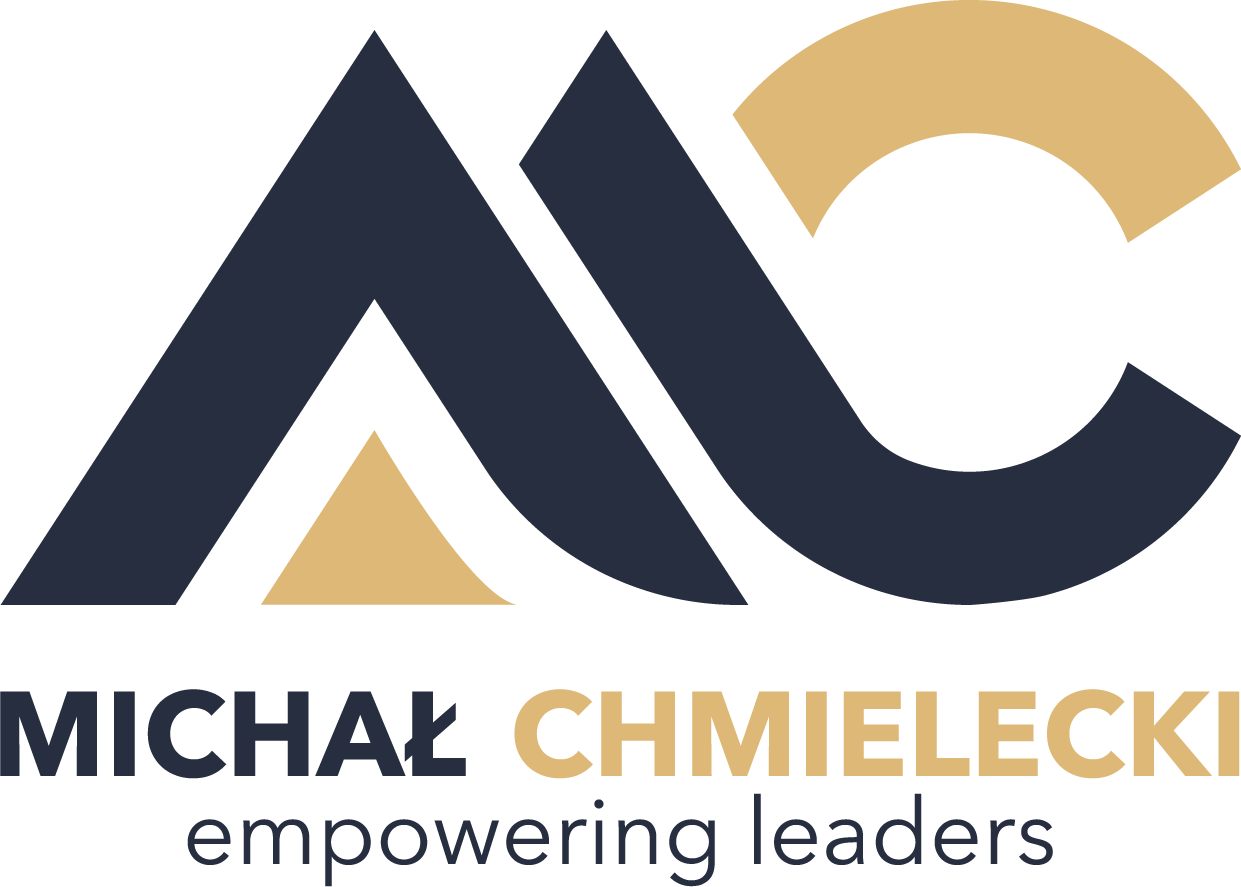Integrative negotiation
Integrative negotiation is a type of dispute resolution that combines aspects of both distributive and cooperative negotiating strategies. It has become increasingly popular in recent years, as it allows the parties involved to come to an agreement that satisfies their individual needs while respecting the interests of all sides.
This article will provide an overview of integrative negotiation, its advantages and disadvantages, and how it can be effectively used in various contexts.
At its core, integrative negotiation is a form of problem-solving that considers both sides' interests. Unlike distributive negotiating strategies, which focus on dividing resources and outcomes in an adversarial way, integrative negotiation seeks to create a win-win situation for all involved.
Through this process, each party can achieve its goals without sacrificing those of the other side. It also allows for negotiation flexibility by enabling parties to explore different solutions and reach creative compromises.
One of the main advantages of using an integrative approach is that it encourages collaboration between parties rather than competition or conflict. This strategy can be especially beneficial when dealing with complex issues where multiple perspectives must be considered. Additionally, by focusing on mutual gains rather than individual wins or losses, participants are more likely to achieve greater satisfaction with the outcome as they have had input throughout the process and understand how it benefits them personally and others involved in the dispute resolution effort.
Integrative negotiation also has some potential disadvantages compared to traditional approaches, such as distributive or positional bargaining (where one party proposes a position and then attempts to negotiate from there).
For example, since it requires more time and effort from all sides due to its collaborative nature, it may not always be feasible if tight deadlines or limited resources are available for resolving disputes quickly. Additionally, while it allows for greater flexibility in exploring solutions beyond what was initially proposed by either party at first glance, if done incorrectly, it can lead to confusion over who gets what in terms of outcomes, which could make reaching an agreement complex depending upon the situation. Finally, since this type of strategy relies heavily upon trust between parties – something which may not always exist – successful implementation depends primarily upon whether enough confidence exists before going into negotiations so that everyone feels comfortable discussing their needs openly without fear that any information shared will be used against them later during proceedings.
However, integrative negotiation remains a powerful tool for resolving conflicts involving multiple stakeholders despite these potential drawbacks.
The key lies in thoroughly understanding each side’s interests before beginning talks so that appropriate solutions can be explored based on commonalities identified through discussion. To ensure success, negotiators should also remain focused on finding mutually beneficial outcomes even if initial proposals do not appear promising at first glance; doing so will help keep conversations productive instead of turning them contentious, which would only delay progress toward resolution further down the line. Furthermore, having access to clear communication channels throughout the entire process helps foster better understanding between parties, thereby increasing the chances of achieving successful results faster.
In conclusion, integrative negotiation is an effective method of dispute resolution when appropriately applied given the context being discussed; despite its potential drawbacks - including increased time commitment needed to complete the process successfully - overall benefits tend to outweigh the costs associated, making use of this particular approach worthwhile considering many times resulting agreements tend much better quality compared traditional methods such positional bargaining distributive strategies commonly employed otherwise. Ultimately, regardless of the chosen technique, the end goal should still be the same: finding a satisfactory solution that all sides can agree upon to bring conflict closure while preserving the relationships between the parties involved.
Unlock Your Negotiation Potential with Michal Chmielecki Negotiation Consulting
At Michal Chmielecki, we are industry leaders in negotiation consulting, empowering companies to optimize their negotiation outcomes and achieve measurable success. With years of experience across diverse sectors, we understand the intricacies and challenges companies face in securing valuable deals.
